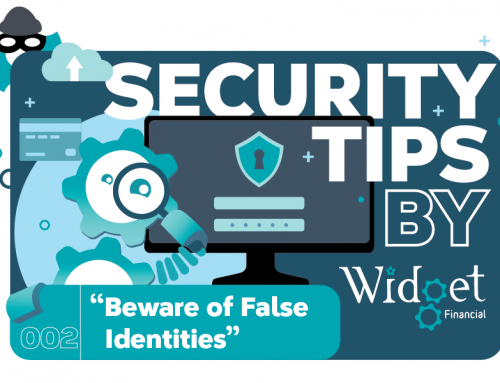What are Phishing Scams?
At their core, phishing scams involve fraudulent attempts to obtain confidential information by posing as a trustworthy entity. This often includes sending deceptive emails or messages that prompt recipients to click on malicious links or provide sensitive information. These scams can take various forms, such as emails impersonating banks, social media platforms, government agencies, or well-known online services.
How Do Phishing Scams Work?
Phishing scams work by exploiting psychological triggers and vulnerabilities. Cybercriminals craft messages that evoke fear, curiosity, or excitement, prompting recipients to act hastily. These messages often contain urgent requests to update account information, verify credentials, or claim unexpected rewards. Links within these messages direct victims to fake websites that closely resemble legitimate ones, tricking users into entering their confidential information.
Where and When Do Phishing Scams Occur?
Phishing scams can occur virtually anywhere and at any time. They can target individuals through emails, social media platforms, text messages, or even phone calls. Cybercriminals often exploit current events, such as natural disasters or global crises, to create a sense of urgency and manipulate recipients into taking immediate action without thoroughly evaluating the legitimacy of the communication.
Who Conducts Phishing Scams?
Phishing scams are typically orchestrated by cybercriminals with malicious intent. These individuals can range from opportunistic hackers to organized criminal groups seeking financial gain or access to sensitive data. With advancements in technology, phishing attacks have become more sophisticated, often involving well-crafted emails, websites, or social engineering tactics designed to manipulate unsuspecting individuals.

Strategies for Spotting Phishing Scams
Why Are Phishing Scams Successful?
Phishing scams continue to be successful because they exploit human psychology and take advantage of individuals’ trust in familiar brands and authorities. The sense of urgency and emotional manipulation used in these scams can override critical thinking, leading victims to disclose sensitive information without proper verification.
I






